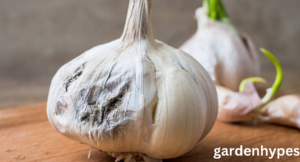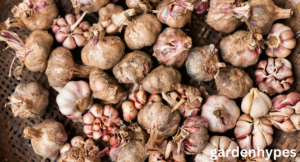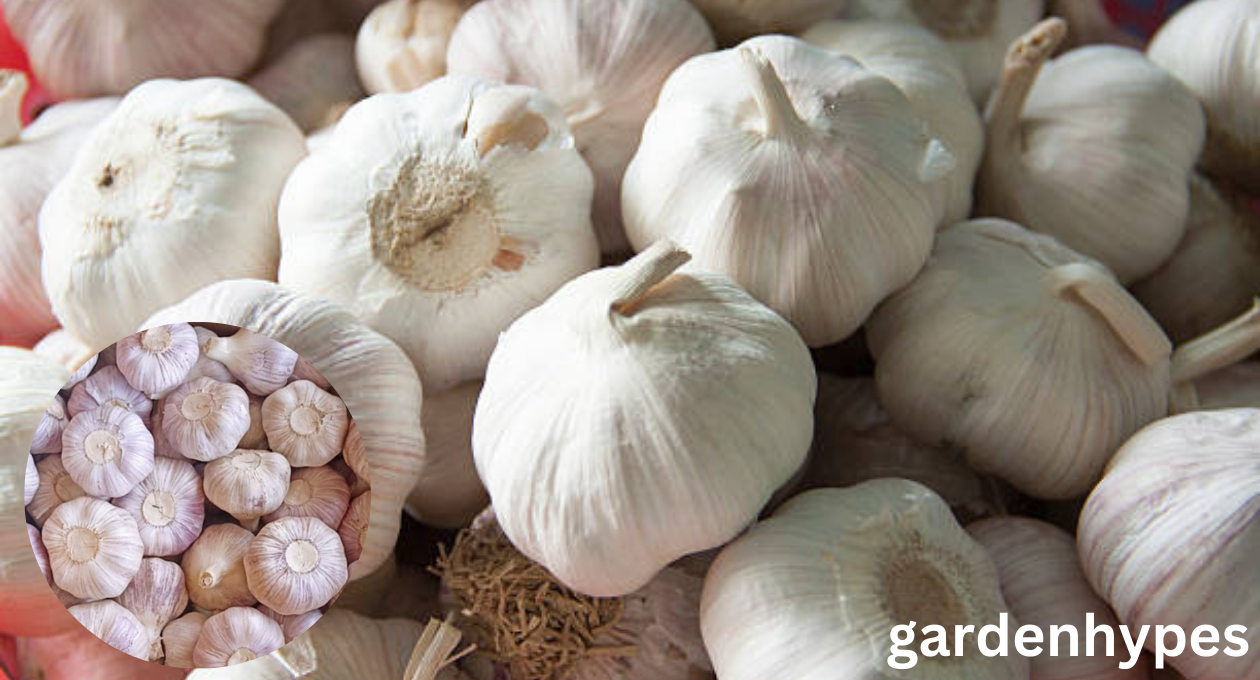Garlic Shortage Causes Effects and How to Adapt
Why Garlic Is a Staple in Every Kitchen
Garlic is more than just an ingredient; it’s a culinary cornerstone. From boosting the flavors of savory dishes to offering medicinal benefits, garlic is a powerhouse. Whether it’s minced, roasted, or turned into garlic bread, it’s hard to imagine a kitchen without it.
Recent Trends in Garlic Demand
Global demand for garlic has surged in recent years. Thanks to its health benefits and increasing use in cuisines worldwide, the love for garlic is at an all-time high. But with demand comes challenges, and right now, the world is experiencing a shortage.
The Causes Behind the Garlic Shortage
Climate Change and Its Impact on Garlic Production
Garlic farming is sensitive to weather conditions, and erratic climate patterns have disrupted production. Extreme heat, droughts, and unpredictable rainfall have reduced yields in major garlic-producing regions.
click in link creeping lawn weeds
Supply Chain Disruptions
The COVID-19 pandemic exposed vulnerabilities in global supply chains, and garlic hasn’t been spared. Transportation bottlenecks and rising shipping costs have made it harder to distribute garlic efficiently.
Labor Shortages in Farming Communities
Garlic farming is labor-intensive, requiring careful planting, harvesting, and processing. However, labor shortages in key agricultural areas have delayed production cycles, exacerbating the shortage.
Rising Costs of Cultivation
The cost of fertilizers, water, and farming equipment has skyrocketed. Farmers are struggling to maintain profitability, leading some to scale back garlic production.
The Global Impact of the Garlic Shortage
How the Shortage Affects Consumers
For consumers, the garlic shortage is already noticeable. Prices at grocery stores have spiked, and availability has become inconsistent. Restaurants and food industries are also feeling the pinch, leading to increased menu prices.

Price Hikes and Economic Ramifications
The garlic shortage is not just a culinary issue—it’s an economic one. Small businesses relying on garlic-based products, like sauces and marinades, are facing challenges to stay afloat.
Countries Most Affected by the Crisis
Countries heavily reliant on garlic imports, such as the United States and European nations, are among the hardest hit. Meanwhile, major garlic-exporting countries like China and India are grappling with their own production issues.
Solutions and Mitigations for the Garlic Shortage
Innovations in Garlic Farming
Agricultural innovation, such as hydroponic garlic farming and improved seed varieties, is helping farmers increase yields even under challenging conditions.
The Role of Governments in Stabilizing Supply
Governments can play a critical role by offering subsidies, funding research, and ensuring fair trade policies to stabilize garlic supplies and prices.
Consumer Adaptations: Substitutes and Alternatives
Consumers are exploring alternatives like garlic powder, onion, or even spices like asafoetida. While they may not fully replicate garlic’s flavor, they offer viable temporary solutions.
Looking Ahead: The Future of Garlic Production
Sustainable Farming Practices
Adopting eco-friendly farming methods, like crop rotation and organic farming, could ensure a more sustainable garlic supply in the long run.

The Role of Technology in Agriculture
Smart farming technologies, including AI and precision agriculture, can optimize garlic production, reduce waste, and improve efficiency.
Balancing Supply and Demand
To prevent future shortages, balancing supply and demand through better forecasting and diversified sourcing is crucial.
Conclusion
The garlic shortage is a wake-up call for the agricultural sector, governments, and consumers alike. From addressing climate challenges to rethinking supply chains, there’s a lot that can be done to tackle this crisis. Let’s hope for a future where garlic lovers never have to compromise.
click in link creeping lawn weeds
FAQs
Why is garlic in such high demand?
Garlic’s health benefits, versatility in cooking, and rising popularity in global cuisines contribute to its high demand.
Which countries are major garlic producers?
China, India, South Korea, and Spain are among the largest garlic producers worldwide.
How can consumers cope with rising garlic prices?
Consumers can buy in bulk during sales, opt for substitutes like garlic powder, or grow garlic at home.
Are there any good substitutes for garlic?
Yes, substitutes like onion, shallots, or asafoetida can mimic garlic’s flavor in certain recipes.
